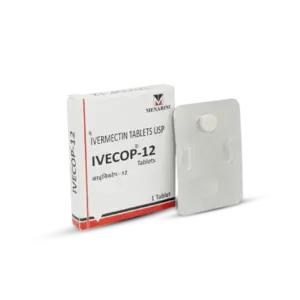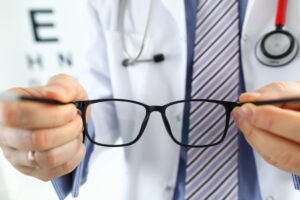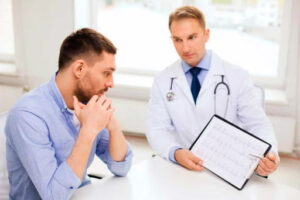What is an infectious disease? In fact, it is pathologically painful condition of the body, caused by being hit by a live pathogen. Painful pathological condition of the patient – a protective reaction of the organism .
Infection process is able to capture absolutely all levels of the body – organismal, tissue, cellular, molecular. There are two ways out of the infectious states – lethal and full recovery, or rather, the complete liberation of the body from infectious agents. And it’s worth noting that full recovery can come only when the body is fully wins and gets rid of got into it pathogen
All infectious diseases can be classified according to several criteria. For example, the first classification would be: Infections – anthroponoses (infection between people) and infections – zoonotic (animal to human). That is the first classification is based on the signs of someone transmitted infections. The second classification exists in the separation of the modes of transmission: intestinal infections (by mouth), respiratory tract infections (aerosol or airborne droplets), blood-borne infection (blood-sucking insects), blood not transmissible infection (through blood), and external infections (pin pathway). On the basis of the nature of the infectious agent based third classification of diseases: viral infections, bacterial, fungal, protozoan and prion. And the last, fourth classification is based on the degree of infectiousness. And here stand out: non-communicable diseases, infectious and highly contagious infections.
If you look at the wider Infectiology, all diseases in this category can be divided into two major groups – exogenous infection ( exciter enters the body from the outside) and endogenous infection (an infection inside the body due to the presence of pathogens).
Symptoms
Almost all infections have similar to each other symptomatic manifestations. Infectious diseases can manifest themselves through: general weakness and malaise, body aches, fever, headache and joint pain, muscle pain, bowel disorder, insomnia, vomiting, cough, runny nose, and various skin rashes and sore throat. Taken together, these symptoms constitute a syndrome of intoxication infectious all the organism.
Fever and headache are signs of an infectious disease in any form or by any character. So often, these symptoms may be accompanied by nausea, vomiting and dizziness.
In the diagnosis of infectious diseases, apply the general methods: laboratory analysis of blood, urine, bacterial stool cultures, stool microscopy, seeding tank mucus tonsils and mucus from the nose.
Prophylaxis
To narrow the range of infection, and prevent a large number of sick people in Infectiology apply antiepidemic preventive measures. These are: maximum limit contact with infected people, the complete isolation of infectious patients, careful observation and laboratory studies of people exposed to the sick, the timely detection of a carrier of infection, routine immunization and vaccination of the population. And for individuals, prevention of infectious diseases are as follows: prophylactic administration of immunomodulators, and in some cases, antibiotics, strict adherence to all the rules of personal hygiene during the winter – a comprehensive intake of vitamins and minerals, continuous, systematic hardening of the body and strengthen the immune system.
Treatment
A positive result in the effective treatment of infectious diseases brings the complex effect of drugs and treatment methods for the patient. The complex method include the use of drugs, antibiotics, such as Generic Amoxil (Amoxicillin), Generic Levaquin (Levofloxacin), Generic Minocin (Minocycline) and others ( which you can buy online through the Internet that will cost you cheap or with good discounts ).
Therefore, self-treatment is often not effective. You must go to the doctor to identify the etiology and nature of the infectious agent, and then apply the appropriate antibiotics group.
Also in the complex treatment of infectious diseases include the use of immunoglobulin and antitoxic serum. These drugs are prescribed to help the body cope with the toxic action of toxins infectious pathogen.
One of the modern trends of the treatment of infections is pathogenetic therapy. This method of treatment is aimed solely at restoring the functions of the bodies that have been violated under the influence of disease. This type of therapy is the right diet, fortification of the body, taking anti-inflammatory drugs as well as drugs, calms the nervous system and have a positive influence on the heart muscle.




